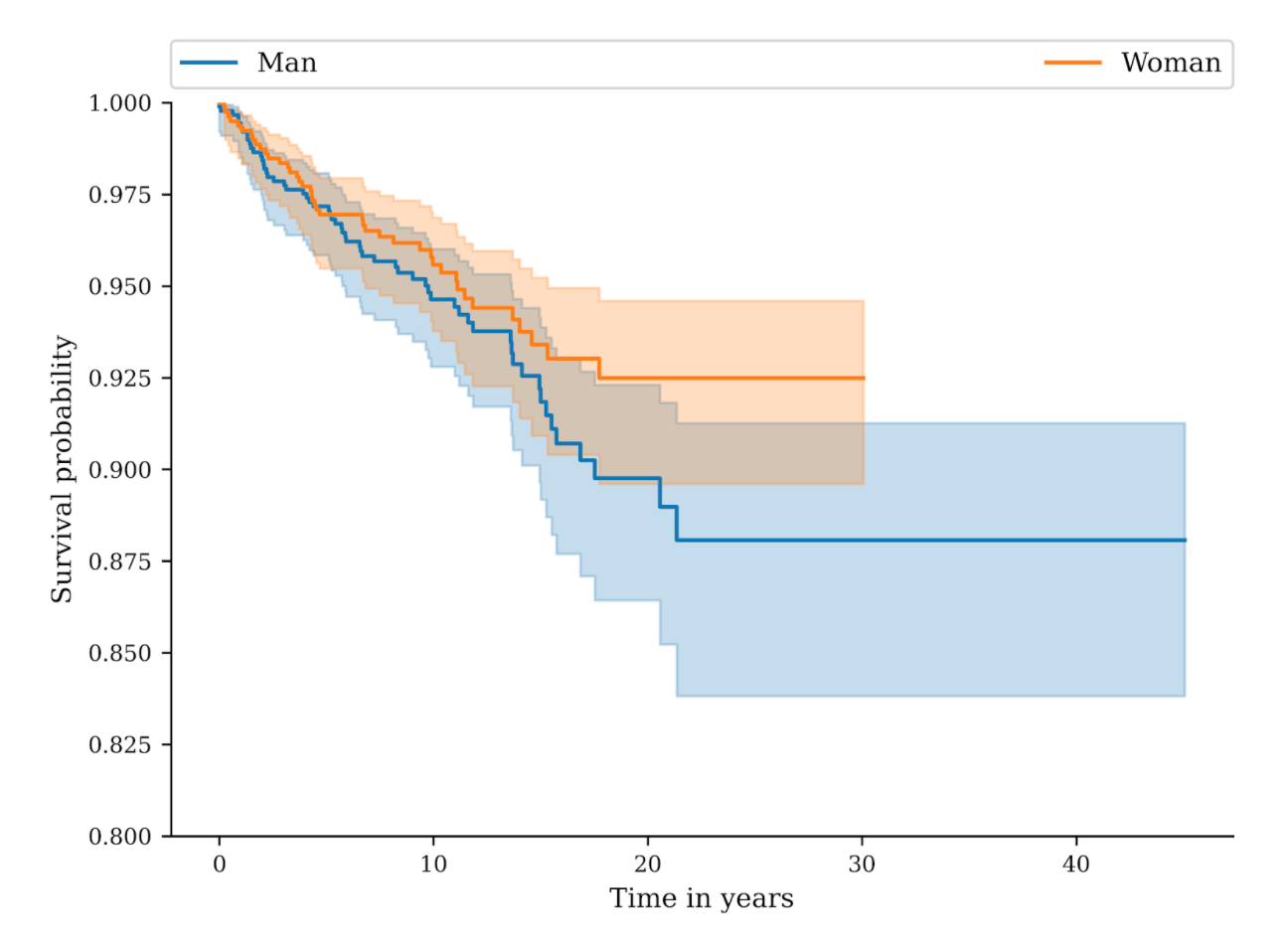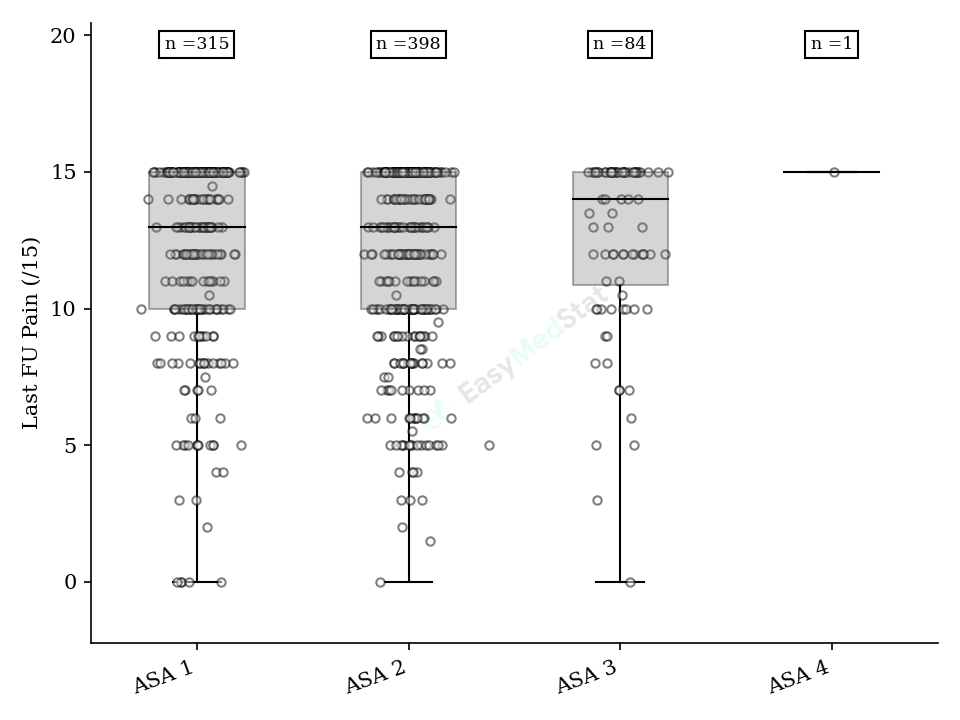Wilcoxon Signed-Rank Test Online Calculator
A better way to perform your statistics
Automated calculations
When using EasyMedStat, all the calculations will be performed automatically including the p-value and the numeric distributions (mean, standard deviation, …) of both groups.
What to write in my article?
In addition to the automated calculations, you will be provided with two texts to insert directly into your article: one for the methods section and one for the results section describing exactly the result of your test and the statistical methods used.
Vivid & Clear Professional Charts For Your Article
EasyMedStat automatically generates stunning charts based on your data (box plots, bar charts, dot plots, …), then lets you download them to include in an article or publication.
What is the Wilcoxon signed-rank test?
The Wilcoxon signed-rank test is a frequently used statistical test in clinical studies. It is used to compare two dependent distributions. One common usage is to compare the pre-treatment and post-treatment values of a variable. For example, you may use it to compare the systolic blood pressure before and after the administration of a drug. The Wilcoxon test is used in the same context as the Student’s t-test for dependent samples.
Can I use a Mann-Whitney test instead of a Wilcoxon signed-rank test?
Both tests are used in medical studies to test two numeric distributions. However, they are not interchangeable. The Mann-Whitney U-test is used for independent samples, whereas the Wilcoxon test is used for dependent samples. However, when using EasyMedStat, the most appropriate test will automatically be chosen according to your data so you do not have to worry if you can use this test or not. EasyMedStat does all the work for you.
Should I provide the mean or the median when using a Wilcoxon test?
The median would be the preferred way to present your results when using the Wilcoxon test. Indeed, the Wilcoxon test is known as a non-parametric test, which means it does not compare the means of the two distributions. However, as with the Mann-Whitney U-test, the Wilcoxon test compares the ranks of the values in each distribution and is not per se a test for medians. Moreover, many authors will use the mean with the Wilcoxon test, which is not a statistical mistake. Actually, the best way to choose between the median and the mean is to look at the distribution of your variable. If it is normally distributed and you have a large number of patients, mean and standard deviations describe your sample well. Otherwise, the median along with minimum, maximum and interquartile range may be the best option.





